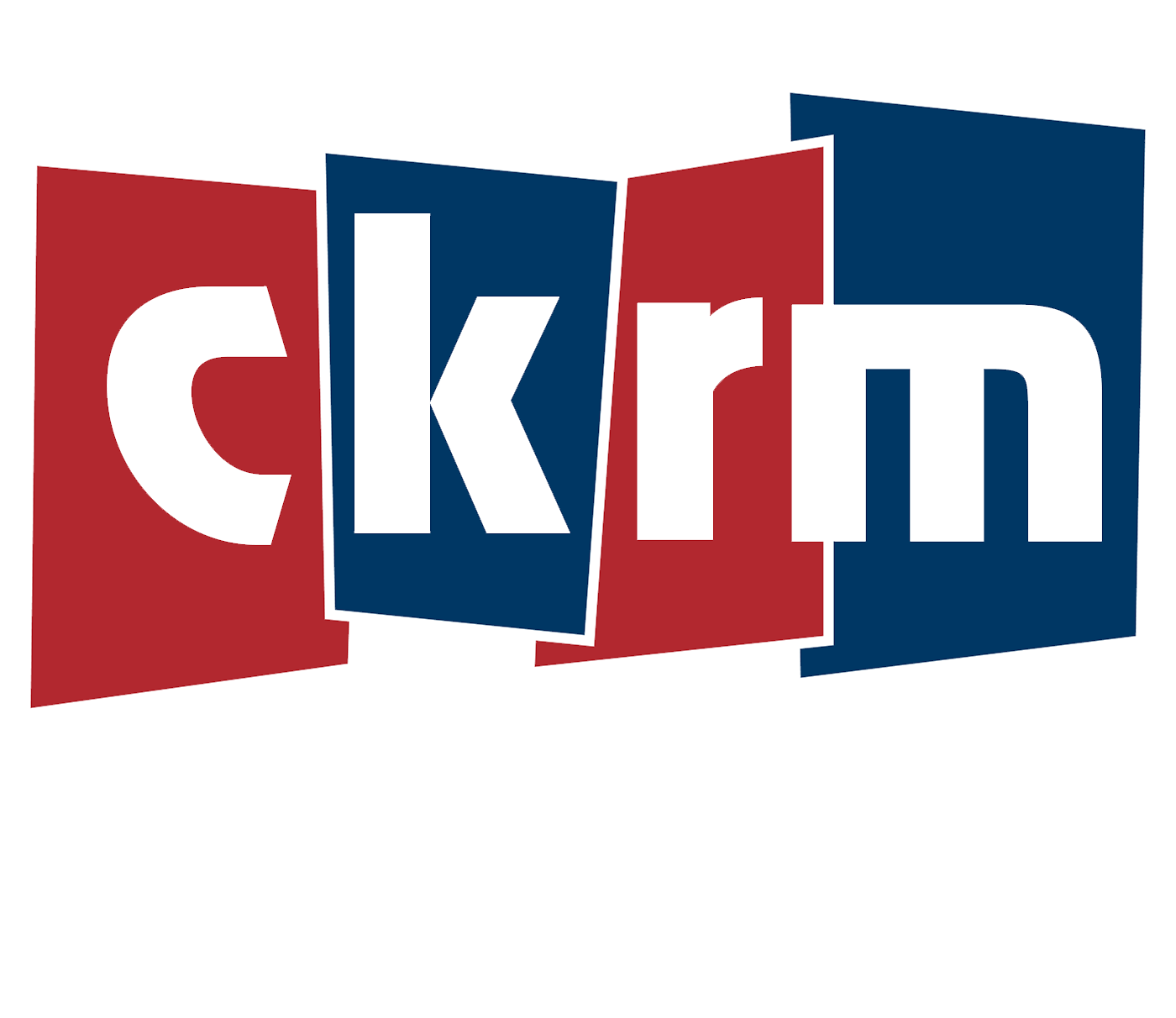Why do we empower individuals, who don’t fact-check their arguments, by answering them back. By doing so we bring some credibility/legitimacy to their falsehoods with a chance to reiterate their fraudulent truths at the podium of social narrative? This crucial question points to the heart of our digital age, where opinions can spread like wildfire without the anchor of truth. It’s time to consider the impact of unverified information and the importance of promoting a culture of accuracy and responsibility. Let’s champion critical thinking and fact-checking! More importantly make sure you have a reliable source with legitimacy. This has gone on way too long and we have way to0 many gullible people jumping on board the Titanic of tall tales.
I dug around to help with vetting sources before spreading lies or half truths. The word reputable is a grey area. Many struggle to find the balance between
The steps outlined in this infographic can help you cut through the noise and learn how to evaluate sources for signs of credibility – as well as for red flags that signal a source should be avoided:
- Do a quick search: Conducting a simple search for information about a news source is a key first step in evaluating its credibility.
- Look for standards: Reputable news organizations aspire to ethical guidelines and standards, including fairness, accuracy and independence.
- Check for transparency: Quality news sources should be transparent, not only about their reporting practices (see above), but also about their ownership and funding.
- Examine how errors are handled: Credible news sources are accountable for mistakes and correct them. Do you see evidence that this source corrects or clarifies errors?
- Assess news coverage: An important step in vetting sources is taking time to read and assess several news articles.
In addition to these five steps, this infographic includes a list of “trust busters” that indicate you should immediately look elsewhere for credible news. They include:
- False or untrue content
- Clickbait tactics
- Lack of balance
- Manipulated images or videos
- State-run or state-sponsored propaganda
- Dangerous, offensive and malicious content
Remember: Credible sources aren’t perfect, but information from them is much more likely to be accurate.
With so much information circulating online, it may feel overwhelming to sort credible sources from bogus sites. But being able to recognize some general signs of credibility — and steering clear of sources with red flags — can go a long way toward helping you find more accurate information.








